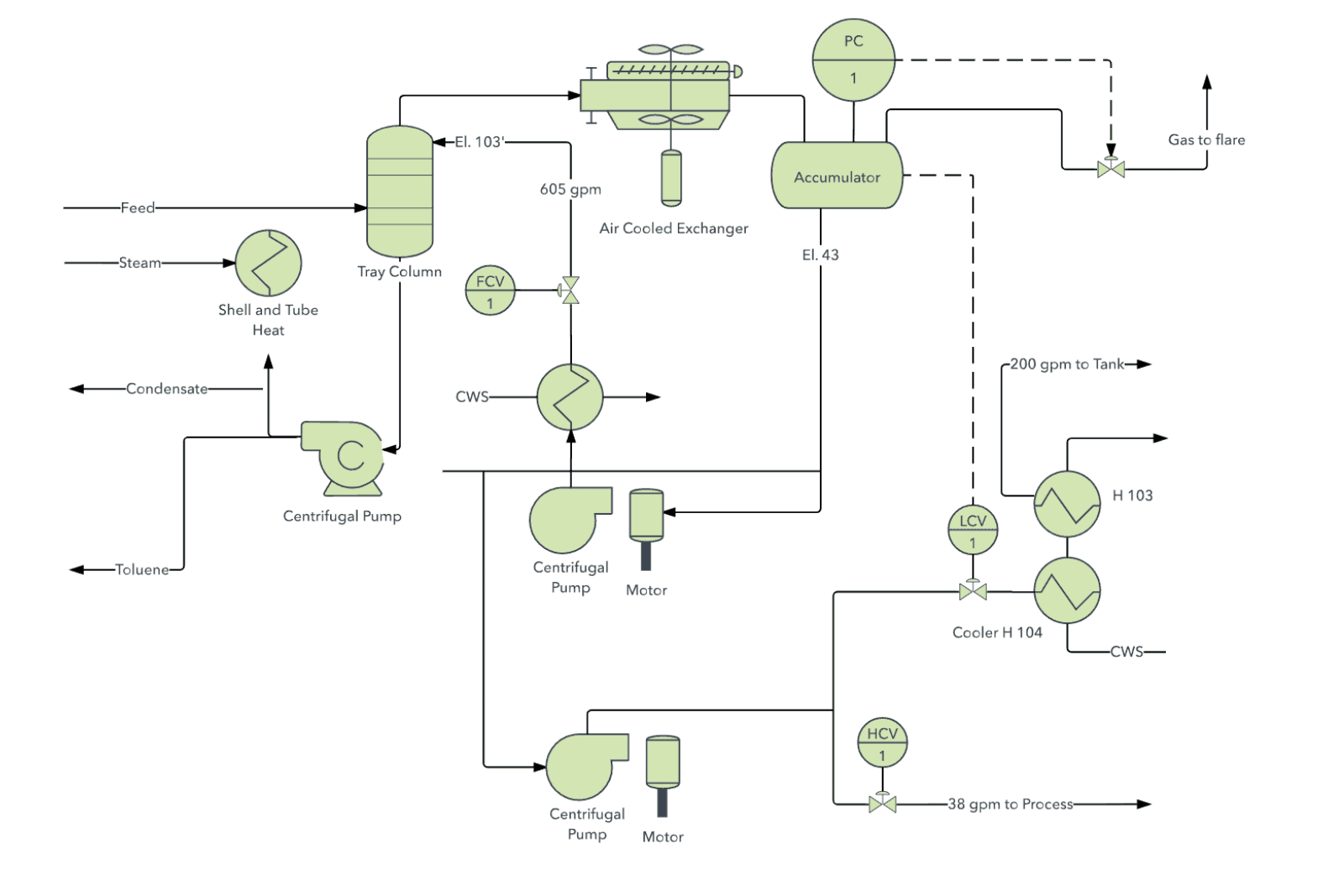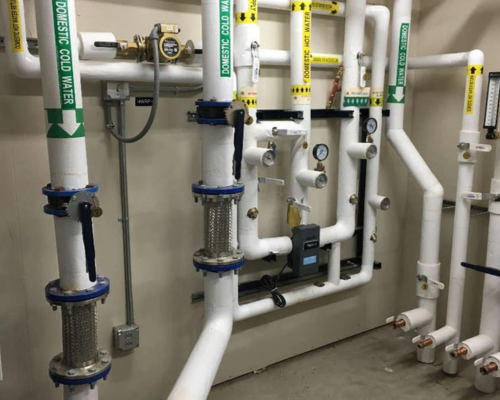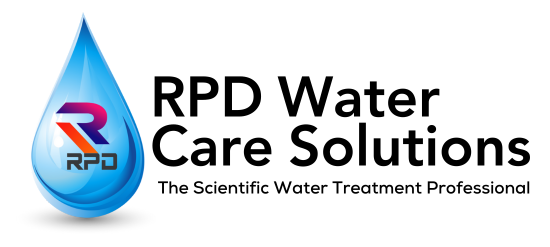The Plumbing Process: Delivering Essential Water and Wastewater Services
The plumbing process is a crucial aspect of building infrastructure that involves the installation, maintenance, and repair of systems that deliver clean water for various purposes and remove wastewater safely and efficiently. Plumbing is essential for ensuring public health, sanitation, and comfort in residential, commercial, and industrial settings. It encompasses a range of tasks, from designing plumbing systems to installing pipes, fixtures, and appliances, as well as maintaining and repairing them over time.
Quality Services
Stringent quality control measures at every step, ensuring only the best products and services are delivered to our clients.
Expertise
Highly skilled and knowledgeable team of professionals who use the latest technology and techniques for water treatment.
Support
Dedicated customer support team providing timely and efficient after-sales service, ensuring complete customer satisfaction.
Plant Process:-

1. Design and Planning: The plumbing process begins with the design and planning phase. This involves creating a detailed plan for the layout of pipes, fixtures, and appliances based on the building’s requirements, local codes, and regulations. Factors such as water supply sources, water pressure, drainage routes, and wastewater disposal are carefully considered to create a functional and efficient plumbing system.
2. Water Supply System: The water supply system is responsible for delivering clean and potable water to various points within a building. This includes sinks, showers, toilets, washing machines, and more. The plumbing process for the water supply system involves:
- Selecting appropriate pipe materials (copper, PEX, PVC, etc.).
- Sizing pipes to ensure adequate water pressure and flow rates.
- Installing shut-off valves, pressure regulators, and backflow prevention devices.
- Connecting pipes to fixtures and appliances.
3. Drainage and Wastewater System: The drainage system removes wastewater, sewage, and other liquid waste from the building. This system prevents contamination and ensures proper sanitation. The plumbing process for the drainage system involves:
- Installing drainage pipes and fittings with proper slope for gravity flow.
- Incorporating traps to prevent sewer gases from entering the building.
- Connecting fixtures to the drainage system.
- Implementing vent pipes to allow for proper airflow and prevent water traps from breaking.
4. Fixtures and Appliances Installation: Plumbers install a wide range of fixtures and appliances that require water supply and drainage connections. These include sinks, faucets, showers, bathtubs, toilets, dishwashers, washing machines, and water heaters. The plumbing process for fixtures and appliances involves precise installation to ensure proper function and prevent leaks.
5. Maintenance and Repairs: Regular maintenance is essential to keep plumbing systems functioning optimally. Plumbers conduct inspections, cleaning, and minor repairs to prevent issues such as leaks, clogs, and corrosion. In the event of plumbing problems, such as burst pipes or faulty fixtures, prompt repairs are carried out to prevent further damage and disruptions.
6. Plumbing Codes and Regulations: Plumbing work must adhere to local plumbing codes and regulations, which are designed to ensure the safety, functionality, and hygiene of plumbing systems. Plumbers must have a thorough understanding of these codes and regulations to ensure compliance and prevent potential hazards.
7. Sustainable Plumbing Practices: Modern plumbing practices emphasize water conservation and environmental sustainability. Low-flow fixtures, water-efficient appliances, rainwater harvesting, and graywater recycling are examples of sustainable plumbing practices that reduce water wastage and environmental impact.
8. Plumbing Professionals: Licensed plumbers and plumbing contractors are trained professionals who carry out the plumbing process with expertise and precision. They handle everything from initial system design to installation, maintenance, and repairs, ensuring that plumbing systems meet high standards of quality and safety.
Conclusion: The plumbing process is vital for providing access to clean water, safe sanitation, and overall comfort in residential, commercial, and industrial settings. By designing, installing, and maintaining plumbing systems that adhere to codes and regulations, plumbing professionals contribute to the well-being and health of individuals and communities while promoting water conservation and sustainable practices.


